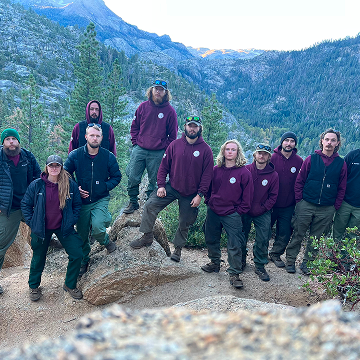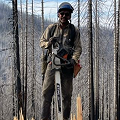
In response to the high wildfire risk in southern Jefferson County Colorado, Elk Creek, Inter-Canyon, and North Fork Fire Protection Districts identified the need to proactively expand wildland fire mitigation and suppression efforts. Over recent years, the Wildland Division has provided specialized fire suppression resources, mobilized the public in fire prevention efforts, provided public education, conducted on site wildfire risk assessments, and designed landscape scale and targeted fuels reduction projects.


.png)
.png)
.png)

.png)

.png)
.png)
.png)
.png)
.png)

